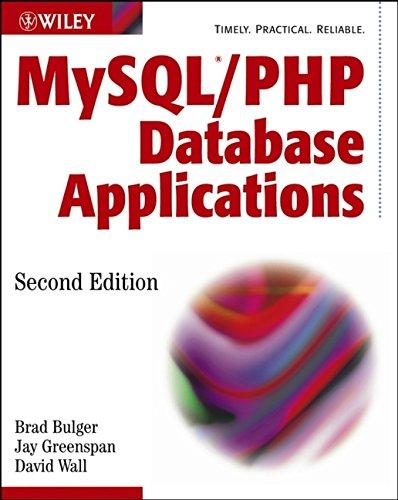Answered step by step
Verified Expert Solution
Question
1 Approved Answer
Datafile Overview population. json contains population data by year (i.e. 1950 through 2015) for world regions. Each JSON object in the file has three keys:




 Datafile Overview population. json contains population data by year (i.e. 1950 through 2015) for world "regions". Each JSON object in the file has three keys: "population" (divided by 1000 ), "region", and "year". The values associated with the "region" key identify individual countries as well as aggregated groups of countries. These are some examples of JSON objects from the file: {"population":2536274.721,"region":"WoRLD","year":"1950"}{"population":554419.275,"region":"China","year":"1950"}{"population":376325.2,"region":"India","year":"1950"}{"population":1404061.59,"region":"ASIA","year":"1950"} Problem Description Using data from population.json, write code to create a report that includes a table to show the percentage of a specific country's population relative to the world's population for the years 1990 through 2015. Your code should produce reports for the countries of India and China, and should match the examples below as closely as possible. The tables shown here are truncated for illustration. Your output should show all years in the period 1990 through 2015. India's percentage of WORLD's population by year. Include a title for each report. The table columns are Year, Country, WORLD, and Percent, and the table will have a row for each year of data. Below the table, the following summary statistics should be included: - country's average percentage for all years (i.e. 1990 to 2015) - country's overall growth for all years - world's overall growth for all years Percent for a given year: (
Datafile Overview population. json contains population data by year (i.e. 1950 through 2015) for world "regions". Each JSON object in the file has three keys: "population" (divided by 1000 ), "region", and "year". The values associated with the "region" key identify individual countries as well as aggregated groups of countries. These are some examples of JSON objects from the file: {"population":2536274.721,"region":"WoRLD","year":"1950"}{"population":554419.275,"region":"China","year":"1950"}{"population":376325.2,"region":"India","year":"1950"}{"population":1404061.59,"region":"ASIA","year":"1950"} Problem Description Using data from population.json, write code to create a report that includes a table to show the percentage of a specific country's population relative to the world's population for the years 1990 through 2015. Your code should produce reports for the countries of India and China, and should match the examples below as closely as possible. The tables shown here are truncated for illustration. Your output should show all years in the period 1990 through 2015. India's percentage of WORLD's population by year. Include a title for each report. The table columns are Year, Country, WORLD, and Percent, and the table will have a row for each year of data. Below the table, the following summary statistics should be included: - country's average percentage for all years (i.e. 1990 to 2015) - country's overall growth for all years - world's overall growth for all years Percent for a given year: (Step by Step Solution
There are 3 Steps involved in it
Step: 1

Get Instant Access to Expert-Tailored Solutions
See step-by-step solutions with expert insights and AI powered tools for academic success
Step: 2

Step: 3

Ace Your Homework with AI
Get the answers you need in no time with our AI-driven, step-by-step assistance
Get Started


